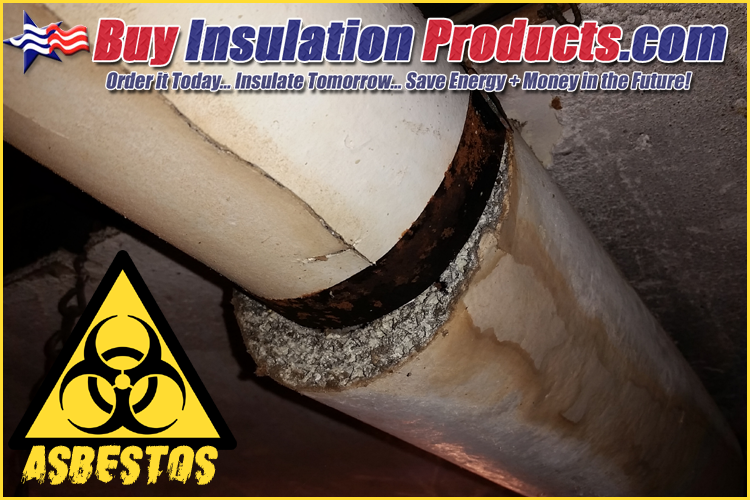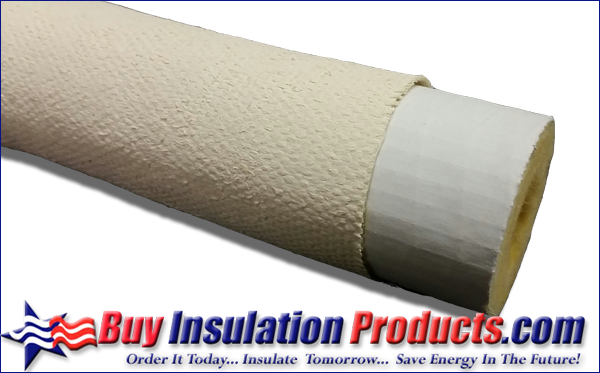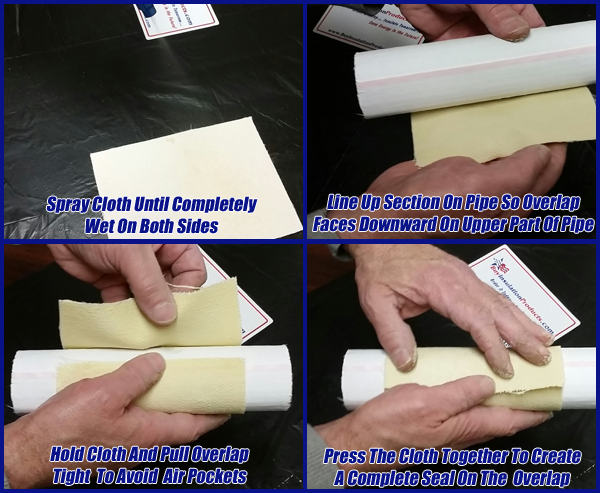How to Encapsulate Asbestos Pipe Insulation with Pipe Lagging
Posted by BIP on 23rd Mar 2015
When dealing with asbestos pipe insulation there are two options; removal or encapsulation. Asbestos removal is done by professional contractors who are licensed and trained in safely removing and disposing of the hazardous material. If removal is not an option due to budget or other factors, the next step is asbestos pipe insulation encapsulation using pipe lagging.
What is Asbestos Encapsulation?
Encapsulation is creating an enclosure which prevents the fibers from escaping and entering the air. The most common way that asbestos fibers enter the air is by disturbing or hitting the insulation which breaks the deteriorating insulation apart. These actions can be concealed by covering asbestos pipe insulation with rewettable pipe lagging cloth wrapped around the insulation.
What is Rewettable Pipe Lagging?
Rewettable asbestos pipe lagging is a canvas like product that is made of fiberglass woven thread that is embedded with an inorganic rewettable coating. The canvas can withstand extreme temperatures up to 1000F which makes it more than safe to wrap on steam pipes. Once installed over the asbestos piping, any hazardous fibers are unable to enter the atmosphere and are contained within the asbestos lagging canvas.
How Does Rewettable Pipe Lagging Work?
When the asbestos pipe lagging is dipped in water the rewettable coating becomes a plaster like paste that hardens into a cast like barrier that prevents any crumbing insulation from releasing fibers in to the air. If the canvas pipe wrapping is hit or disturbed, the asbestos encapsulation will prevent the asbestos inside from being released.
Instructions for Installing Rewettable Pipe Lagging:
- Repairs: Crumbling and deteriorating insulation should be repaired prior to encapsulation with Fiberlock Wet Wrap 'N' Seal Asbestos Repair Rolls.
- Measurement: Measure the outside circumference of the pipe insulation to be concealed to figure out how many yards of asbestos pipe wrap to order. We recommend that the 60" length be used to cut 3ft long strips rather than have 60" long strips which are harder to install (we recommend an seam overlap of 3"-6" depending on pipe size.)
- Activation: The rewettable cloth coating is activated by water and hardens once dry to a cast like barrier.
- Dip Method: Dip the asbestos pipe lagging in water (bathtub, pail, etc) and allow excess water to drip off before application. (similar to wallpaper)
- Spray Method: Spray both sides of Rewettable canvas with a spray bottle until completely wet.
- Application: Wrap the moist Rewettable canvas around the pipe with the overlapping seam facing downwards on the upper part of the pipe. Allow a 3"-6" seam overlap along with a 3"-6" joint overlap between two sections. (gloves are recommended)
- Dry Period: Allow 12-24 hours to fully cure, we recommend waiting 48 hours before coating with Fiberlock Lag-Kote II Asbestos Encapsulant
- Coating: As a secondary barrier, coating Rewettable Canvas with Fiberlock Lag-Kote II Asbestos Encapsulant will provide an aesthetically superior finish.






